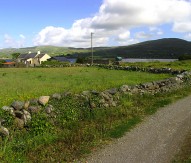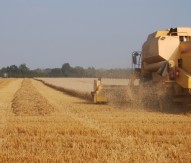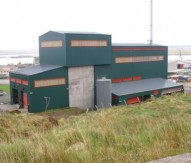
JRC identifies AS introduction pathways
Escape from aquaculture facilities and releases in the wild due to pet/aquarium trade and stocking activities have been identified by the Joint Research Centre in a new article as the main pathways of alien species introduction in European lakes and rivers.
According to the JRC, Germany, the UK and Italy are the main entry gateways, and the authors recommend tightened controls, and improved prevention and management measures in order to halt the increasing trend of freshwater alien species introductions in Europe.
The study – the first pan-European assessment of both the main pathways and gateways of first introductions for freshwater alien species in Europe – analysed the spatial and temporal patterns and trends of the main pathways and gateways of alien species (AS) in Europe, using the JRC’s European Alien Species Information Network (EASIN) inventory. This inventory currently includes over 750 freshwater species reported as aliens (established or suspected) in European inland waters.
It found a marked increase in the introduction of freshwater alien species in Europe over the past 60 years, largely as a result of globalisation. Most of the initial introductions in Europe come from aquaculture, which is one of the fastest-growing sectors of the world food economy. Aquaculture is trailed by aquarium trade, a multi-billion dollar industry which has also seen remarkable growth in recent years.
It is hoped that the results could greatly help achieve the Aichi Biodiversity Target 9 regarding the prevention and control of IAS, and help member states fulfil their obligations under the European Regulation on IAS to analyse and identify the entry routes of invasive species that require priority action.




